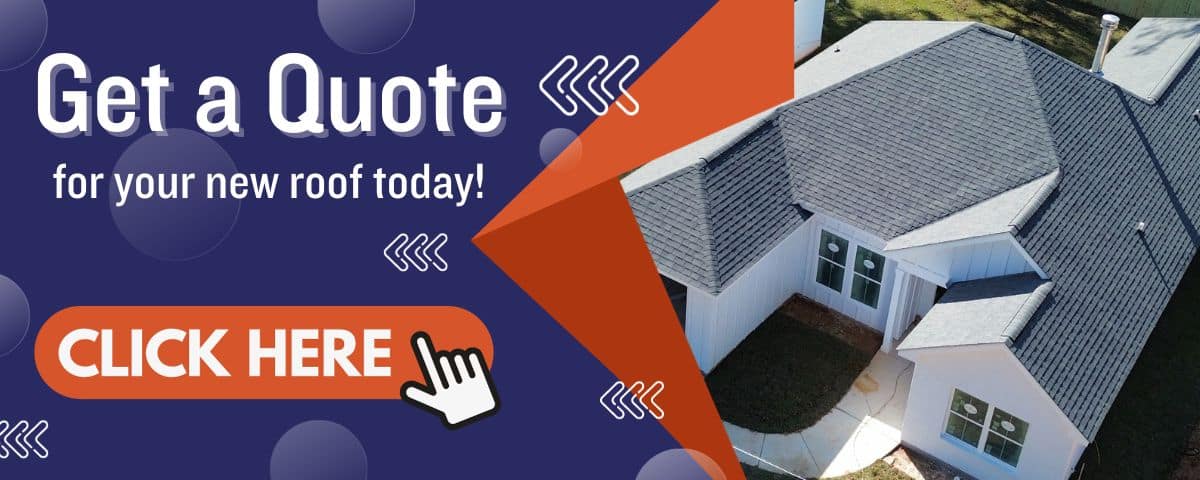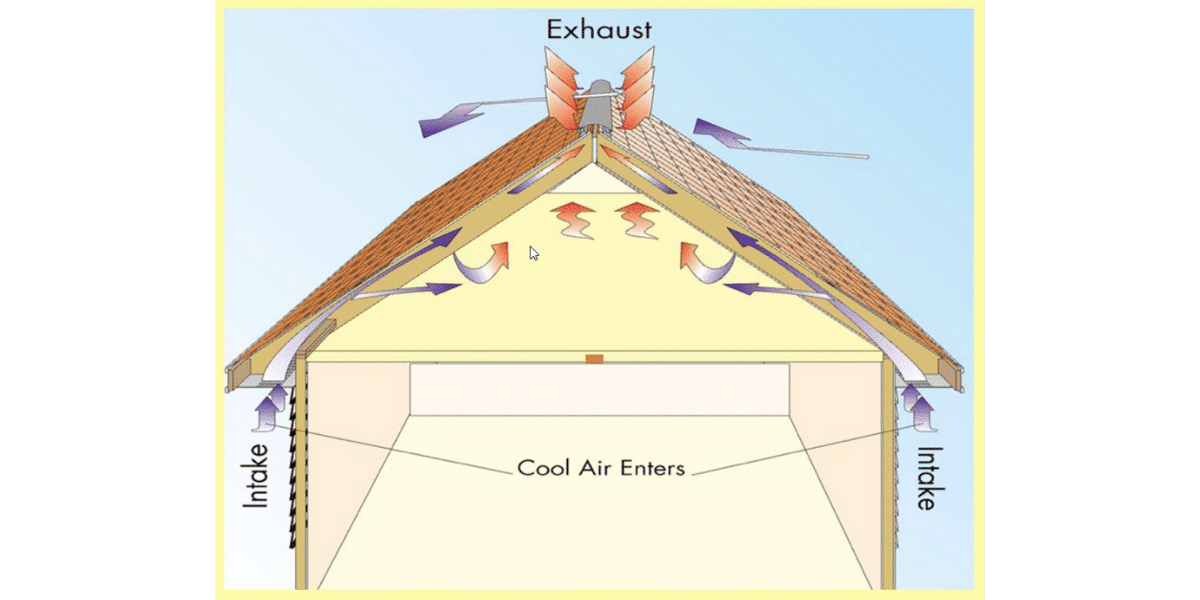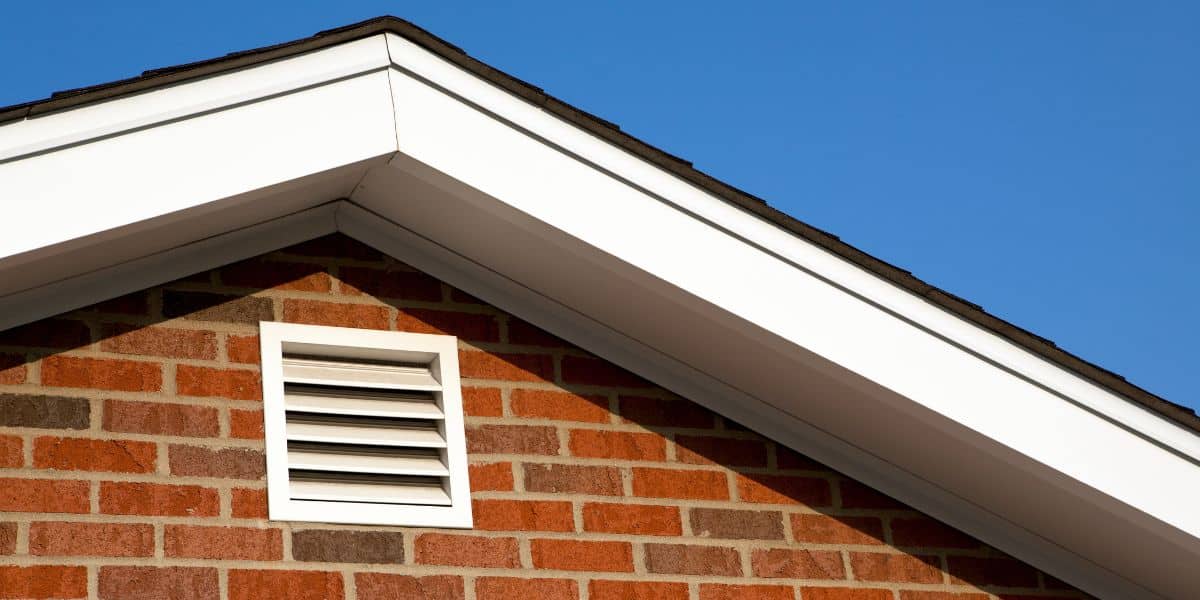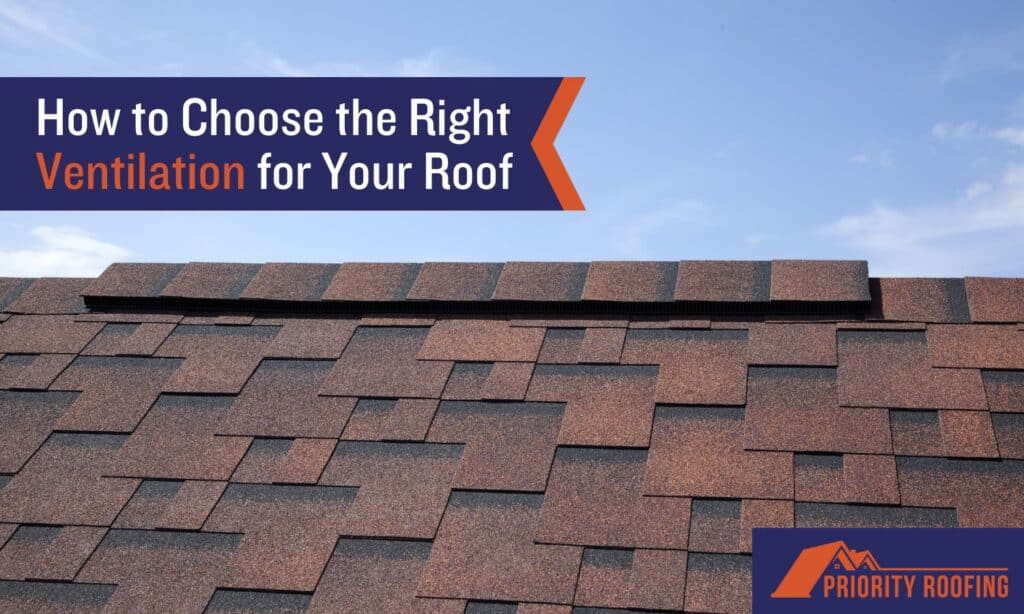The roof of your home is made up of many different parts. These parts work together to create a comfortable and safe environment. If one part of the roofing system fails, this can have a negative impact on other parts and cause problems in your home. It is particularly true when it comes to the ventilation of roofs, as this is one of the areas that is most often neglected. Here’s how you can choose the best ventilation for your roof to keep your business or home running smoothly.
Why attic ventilation is important
Attics that are properly ventilated will help keep your residential roofing system in top condition. The ventilation system allows for a healthy flow of air throughout the building. This can protect your roof from the inside. The ventilation on your roof protects you in any climate, from cold winters through to hot summers. Attic ventilation can have many benefits. The following are some of the most important benefits of ventilation.
Improved energy efficiency
The energy efficiency of your home will be improved if you have adequate ventilation. If you have a lot of heat buildup in your attic your air conditioner will work harder to stabilize the temperature inside your home, which can increase your utility bills. Your energy systems will not work overtime when your attic is properly vented. Instead, they’ll be working with your intake and exhaust ventilation to maintain a constant temperature in your home.

You can control the temperature of your home
In addition to reducing your utility bills, proper ventilation will help maintain a constant temperature in your home. This is not only good for your wallet but also allows you to relax and enjoy your home’s environment without experiencing extreme temperature fluctuations. Proper ventilation allows you to control your home’s interior climate.
Prevents moisture damage
Moisture damage can occur when airflow is stopped or not strong enough. The more time the air is left to sit, the more condensation will accumulate on the insulation, wall surfaces, and floorboards. This can cause structural instability, mold and mildew as the water seeps through your home. Moisture can cause insulation to lose its effectiveness, which will further exacerbate the problem. Proper ventilation will help you avoid moisture and the associated damage.
Reduces the risk of ice dams
Ice dams can be dangerous in the winter when homes are not properly ventilated. The attic heats up the snow beneath the surface, causing it to melt. This water will then run down the slopes to the base of the roof. As temperatures drop, the melted ice re-freezes at the eaves, creating dangerous icicles. The ice dam will continue to grow and become more dangerous for your roof structure as the cycle continues. Ice dams will eventually cause significant damage to shingles, and can lead to costly repairs on the interior of your home. You can reduce the risk of ice dams by ensuring that you have enough ventilation.
Increase the lifespan of your roof
Proper ventilation will help extend the life of your roof. Water damage, shingle problems, and structural problems are all avoided. You can enjoy your roof without having to worry about a premature roof repair.
Get rid of pests and problems
When you have the proper ventilation in your home, you can reduce the chance of vermin, pests and rodents making a home in the attic. In the colder months animals will seek shelter in warm, covered places. Your attic can become a perfect winter home if your ventilation is inadequate. You’ll be susceptible to the issues associated with an infestation. Proper ventilation will keep pests away and prevent the problems that they cause.
Poor ventilation is often overlooked. You can be proactive in maintaining the ventilation of your home by watching for signs. Inadequate ventilation can manifest as rust, corrosion or dampness. It may also be indicated by HVAC issues, frost or ice accumulation, HVAC problems or dramatic changes in your heating and cooling bills. You can schedule an inspection with a roofing contractor if you are not sure if your ventilation system is functioning properly.

How to calculate ventilation for your home
You can calculate how much ventilation your home requires by following a few easy steps. For the best results, you’ll want to enter your attic and measure the length and width of the floor area. You can then calculate the area of your attic by multiplying width and length. Once you know the area of your attic, you can use the 1:300 rule to compare the size of the area. This rule states that you need 1 square foot of attic ventilation for every 300 square foot of attic space. You may have to double your total ventilation requirement depending on the size of the attic. To avoid ineffective ventilation, the ventilation should be divided equally between intake and exit.
Types of essential ventilation for your home
For a better understanding of the requirements above, it is important to know the two types of ventilation you require for a healthy flow of air throughout your roof and home. The exhaust ventilation is the first type of ventilation. It lets out old air. Intake ventilation helps to facilitate the intake of fresh air. You will receive a healthy flow of air throughout your roof when both ventilation types are functioning correctly.
Exhaust ventilation
Over time, hot air can accumulate in your attic and cause damage to your roof. That’s why exhaust venting is important. Exhaust ventilation is important because it helps push hot air from your attic back outside. Hot air often contains moisture particles. This helps to reduce the likelihood of water damage, mildew, and mold. Exhaust ventilation is often placed near the roof’s top to accommodate the natural phenomenon that hot air rises. Installing ridge vents or other exhaust ventilation can help achieve this. You will likely have a variety of different exhaust vents in your home to improve ventilation.

Intake ventilation
You want to bring in cool air into your house to push out excess, hot condensed air. Intake ventilation is the answer. Intake vents pull in cool air from the outside, or use an external generator that pushes hot air outside. Both types of ventilation create an indoor climate that is comfortable and safe.
You may experience problems with the structural stability of your home or the air quality if either of these systems is not working correctly. If you think your ventilation system isn’t working properly, it is important to have a professional roofing inspection.
Find a professional who can install roof ventilation properly
You can calculate your home’s ventilation needs, but a roofing contractor should handle the installation. The roof is a delicate, interconnected unit. Using professionals to install or repair ventilation will protect your roof.It is especially important to do this if you are planning to use skylights as ventilation. Improperly installing these can cause leaks, structural damages, and costly repairs in the future. Priority Roofing can help you with all your roofing needs. Our experienced roofing contractors will assess the current ventilation levels in your home, determine how much ventilation you need, and correct any discrepancies. Our team is committed to providing high-quality work at transparent and competitive prices. Contact us to learn more about our services or receive a quote.

